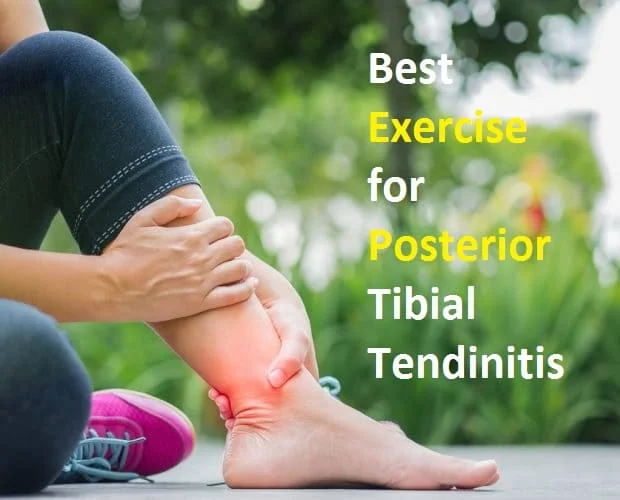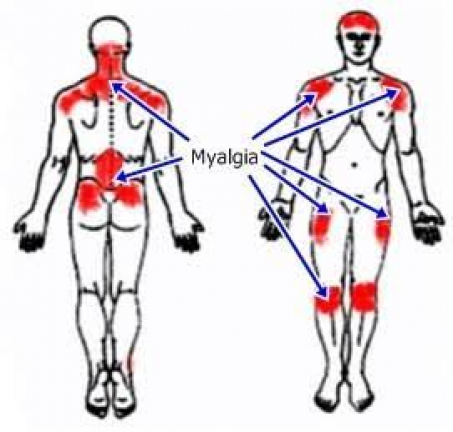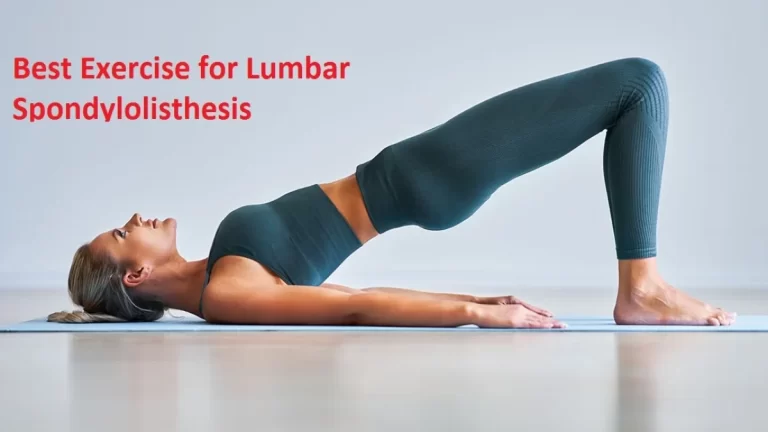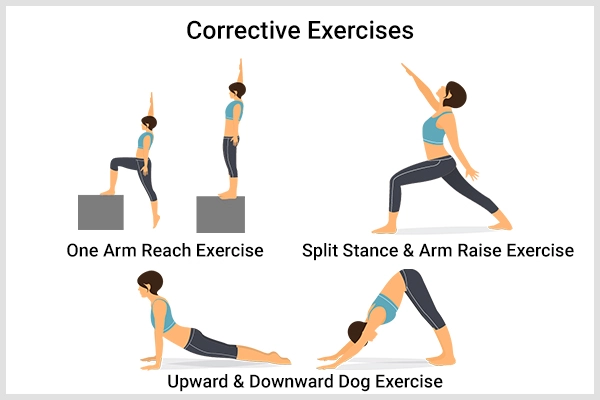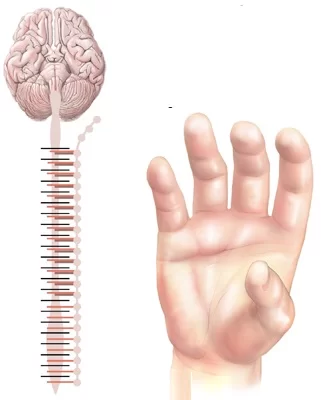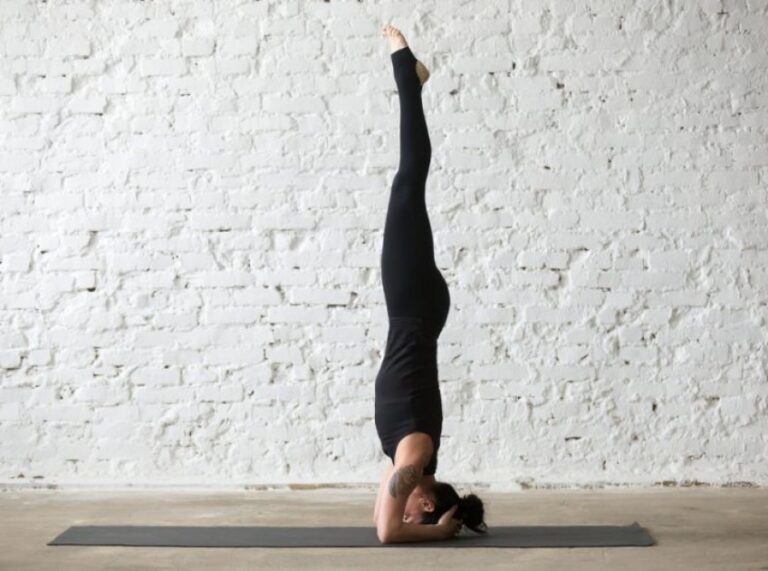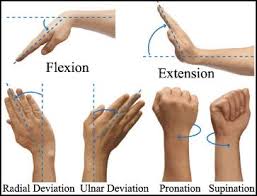14 Best Exercise for Posterior Tibial Tendinitis
Engaging in appropriate exercises is essential for managing and rehabilitating posterior tibial tendinitis. A tailored exercise program can help strengthen the muscles and tendons in the foot and ankle, improve overall stability, and alleviate discomfort. It’s important to work with a healthcare professional, such as a physical therapist, to develop a personalized exercise routine that addresses your specific needs and gradually progresses to avoid exacerbating the condition.
Posterior Tibial Tendinitis, also known as Posterior Tibial Tendon Dysfunction (PTTD), is a condition characterized by inflammation and degeneration of the posterior tibial tendon, which runs along the inner side of the ankle and foot. This tendon plays a crucial role in maintaining the stability of the arch of the foot and supporting its movement during walking and other weight-bearing activities. When this tendon becomes inflamed or damaged, it can lead to pain, swelling, and impaired foot function.
Introduction
Posterior tibial tendonitis is a typical situation that occurs when one of the tendons on the inner side of the ankle becomes harmed. This can direct to foot and ankle pain, as well as additional issues. Therapy varies depending on the severity of the condition and may contain rest, immobilization, medication, and surgery.
Training is one of the best ways to fight the pain associated with PTT. Your physical therapist may advise and walk you through specific activities based on your position. Enhancing mobility and stability are some of the key objectives of posterior tibial tendonitis activities.
Causes
- Overusing the tendon is the most typical reason for posterior tibial tendonitis. PTT can also develop after an impact, such as a fall or collision during sports.
- Individuals who play sports—dancers and gymnasts are commonly affected—and those who have positively active lifestyles tend to have a higher risk of posterior tibial tendonitis.
- Other causes could be pre-existing pes planus (flat foot) or degenerative changes linked to arthritis.
Risk Factors
PTT is more likely to affect people like:
- Females
- Individuals over the age of 40
- Diabetics
- Young athletes
- An individual with high blood pressure
- Rheumatoid arthritis
Other risk factors are:
- Obesity
- Steroid usage
- Prior trauma to the ankle
Symptoms
Posterior tibial tendonitis generally only occurs in one foot but can appear in both feet. Symptoms contain:
- Ankle, heel, or inner arch discomfort
- Swelling
- Flattening of the arch of the foot
- The ankle rolling inward
- Redness
- Foot pain that improves with running, jumping, climbing, or after long periods of standing
- Turning out of the toes and foot
Signs usually appear after exercises like running, walking, or climbing stairs. As PTT goes, the site of your pain may change.
You might start experiencing pain on the outside of your foot and ankle as a result of PTT’s heel bone shifting, and you could even develop arthritis in the affected areas.
Best Exercise for Posterior tibial tendonitis
Your doctor may suggest activities to help you heal. Speak to your healthcare provider or physical therapist about which pieces of exercise will excellently help you and how to do them correctly and safely. An over-the-counter shoe orthotic might also be useful.
Prone hip extension

Lie on your tummy with your legs straight out after you. Place your hands on your arms with your arms folded beneath your chin. Pull your belly button in towards your spine and pull your abdominal muscles. Constrict the glutes and thigh muscles of the lower limb on your affected side and raise the leg off the ground about eight inches. Hold your leg straight. Hold for 5 seconds. Then lower your leg and relax. Do two sets of fifteen repetitions.
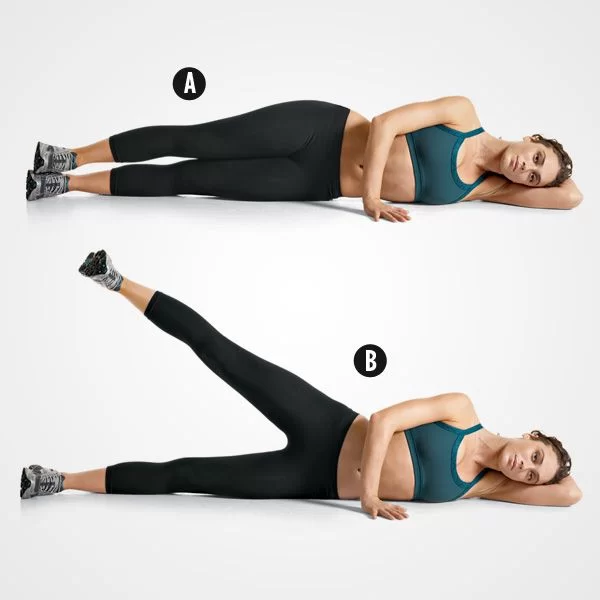
Side-lying leg lift
Lie on your normal side. Your affected leg can be raised eight to ten inches (20 to 25 centimeters) away from the other leg by pulling the front thigh muscles. Keep the leg linear and drop it gradually. Do two sets of fifteen repetitions.
Towel stretch
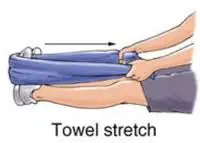
Sit on a hard surface with your affected leg stretched out in front of you. Your leg should remain straight while you bring a towel towards your body while wrapping it around your toes and the ball of your foot. maintain this position for 20 to 30 seconds and then relax. Repeat three times.
Heel raise
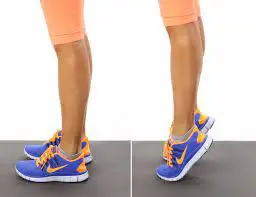
Stand behind a chair or counter with both feet flat on the ground. Using the chair or counter as a support, rise onto your toes and maintain for five seconds. Then gradually lower yourself down without grabbing onto the support. When this training becomes less painful, attempt accomplishing this activity while you are standing on the affected leg only. Repeat fifteen times. Do two sets of fifteen repetitions. Rest thirty seconds between two sets.
Step-up
To start this exercise need a step stool. now place your injured foot supported on three to five inches (8 to 13 centimeters) high –like a small step or block of wood. Place the normal foot firmly on the bottom. Shift your weight onto the affected leg on the support. Extend your affected leg as the other leg comes off the ground. Return to the initial position by flexing your affected leg and gradually lowering your normal leg back to the ground. Do two sets of fifteen repetitions.
Balance and reach training
Stand next to a chair with your affected leg farther from the chair. The chair will deliver support if you need it. Stand on the foot of your injured leg and flex your knee a little.
With the hand that is distant away from the chair, go forward in a show of you by bending at the waist. Evade bending your knee any more as you do this. Repeat this 15 times. To make this exercise more difficult, reach farther in front of you. Do 2 sets of 15. Get the hand that is farther away from the chair across your body toward the chair. The more distance you reach, the more challenging this exercise. Do two sets of fifteen repetitions.
Wobble board exercises
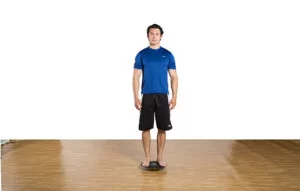
To perform this exercise you have to Stand on a wobble board with your shoulder-feet width apart. Rock the board forwards and backward thirty times, then side to side thirty times. Hold on to a chair if you require support.
Rotate the wobble board around so that the edge of the board is in contact with the base at every time. complete it 30 times in a clockwise and then in an anticlockwise direction. Maintain Balance on the wobble board for as long time as you can without touching the edges to touch the floor. Try to complete this for two minutes without touching the ground.
Turn the wobble board in clockwise and anticlockwise circles, but do not let the edge of the board touch the floor.
When you have mastered the wobble activities standing on both legs, try repeating them while standing on just your affected leg. After you can perform these activities on one leg, try to do them with your eyes closed. Make sure you have something nearby to help you in case you lose your balance.
Ankle Inversions with Resistance Band
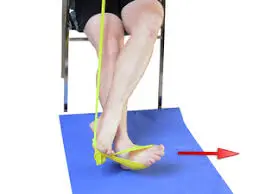
To do this exercise you have to Sit straight with your legs straight out in front of you. wrap a resistance band around your foot to be exercised, maintaining the ends in both hands. Place your other foot inside the loop and cross it over the front of your other shin.
Push this foot into the resistance band, creating some tension in the band between both feet. To maintain your upper leg stable, turn your lower foot inwards against the resistance of the band. Provide your leg stays straight with your knee giving directly up towards the top.
Forward Step Downs
To perform forward step-downs you have to Stand sideways on a stair or step with weight on your affected leg. To take another step down with another leg, carefully bend your knee. Step back up onto the step by pushing your involved knee.
Seated Soleus Raise with Weight
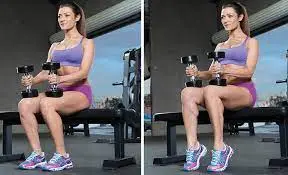
Showing a step or block at the end of a flat bench can assist you set up. As you sit on the bench’s end, grasp a pair of dumbbells in the palms of your hands. put the heel on the edge of the step/block and relax the ends of the dumbbells on your thighs close to your knees. Let your heels drop as much as feasible without hitting the floor.
Standing calf stretch- GASTROCNEMIUS
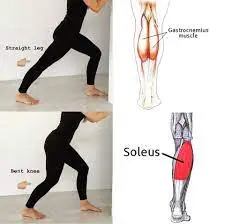
Start by standing in front of a wall or other stable object. Step along with one foot and hold your toes on both feet to be pointed straight forward. Place the leg behind you with an extended knee during the stretch. Incline forward towards the wall and Hold your body with your arms as you go your front knee to bend until a gentle stretch is felt along the posterior of your leg that is most behind you. Move nearer or further away from the wall to hold the stretch of the rear leg. Also, you can modify the bend of the front knee to control the stretch as well. Repeat ten times Hold twenty Seconds Complete one Set Perform one Time a Day
Standing calf stretch – Soleus
Begin by standing in front of a wall or other stable object. Go forward with one foot and maintain your toes on both feet to be pointed straight forward. Place the leg behind you with a bent knee during the stretch. Lean ahead towards the wall and help yourself with your arms as you allow your anterior knee to flex until a gentle stretch is felt along the back of your leg that is most after you. Go nearer or further away from the wall to hold the stretch of the posterior leg. Also, you can adjust the flexion of the front knee to control the stretch as well. Do it ten times Hold for 20 Seconds Complete 1 Set Perform two.
Mulligan ankle mobilization
Come into a Kneeling position move your front knee forward while keeping your heel down. Push on until you feel a strong, but non-painful stretch. This is an ON/OFF self-mobilization. Repeat thirty Times and maintain for five Seconds Complete one Set.
Ankle inversion with ball
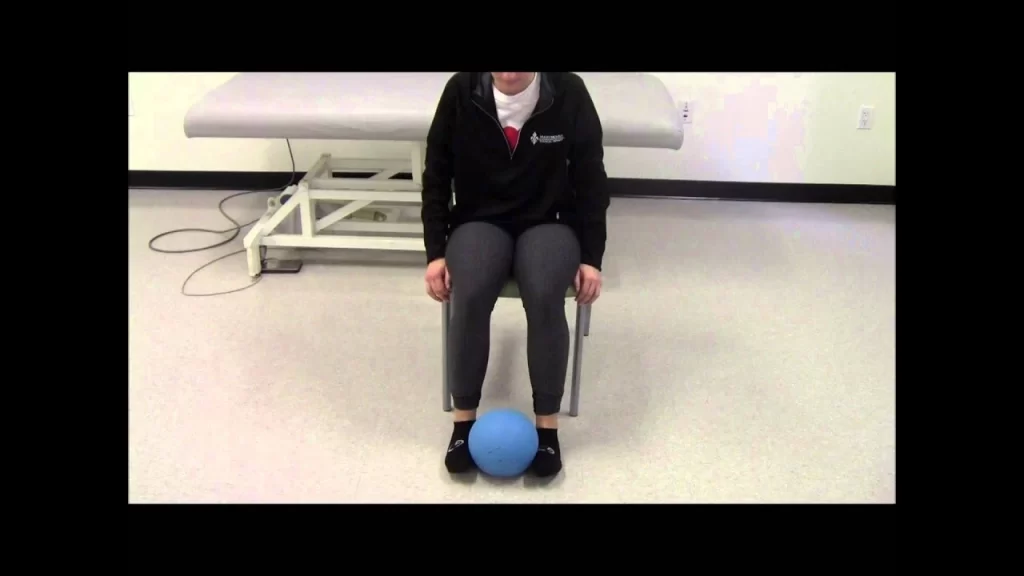
Places the ball between two feet. Gently press toes into the ball, trying to bring feet in towards each other. Repeat for the specified amount of times. Complete it ten Times and maintain it for 5 Seconds Complete two Sets.
FAQ
What is the most useful training for posterior tibial tendonitis?
The most useful exercises for Posterior Tibial Tendonitis
Ankle Inversions with Resistance Band: This training places load directly via the posterior tibialis.
Forward Step Downs: This activity supports the quadriceps and the soleus.
Seated Soleus Raise with Weight.
Does walking support posterior tibial tendonitis?
Posterior Tibial Tendonitis is typically aggravated by effect movements such as walking or running therefore cycling is a good alternative for cardiovascular activity.
Should I massage posterior tibial tendonitis?
Massage therapy is very effective in decreasing pain levels for those with Posterior Tibial Tendonitis. However, this is a very short-term solution and should not be utilized in seclusion as a form of treatment as it does not address the reason for the issue.
What do you have to avoid with posterior tibial tendonitis?
Footwear: Changing to relaxing running-style trainers/shoes or hiking boots with a slight heel will give the best support for the posterior tibial tendon.
very flat shoes may exacerbate your symptoms especially if you also have tight calf muscles.
Can I still work with posterior tibial tendonitis?
If you were attempting to run through this trauma, If you feel pain stop immediately then The posterior tibial tendon is slowly healing; probably because the portion of the tendon which runs along the medial malleolus has an insufficient blood supply.
How long is recovery from tibial tendonitis?
Posterior tibial tendon dysfunction generally takes 6-8 weeks to enhance and early action on a healing tendon.
Why did I get posterior tibial tendonitis?
Overuse: high-impact exercise football or basketball, or running or hiking may damage the tibialis posterior tendon due to repetitive use and over-loading. Demographics: Commonly this will affect people over the age of forty, and is more dominant in women than men.
Can tendonitis be cured forever?
Tendinitis may move away over time. If not go away, the physician will suggest treatments to relieve pain and inflammation and maintain mobility. Severe signs may need specialized treatment from a rheumatologist, an orthopedic surgeon, or a physical therapist.
Which are the three common symptoms of tendonitis?
Pain in a tendon brings more harm when you move. difficulty moving the joint. You will feel a grating or crackling sensation when you push the tendon. swelling, sometimes with heat or redness.
Is physio good for tendonitis?
If you think you may be suffering from tendonitis it’s recommended that you visit a doctor or a physiotherapist for testing and diagnosis. If you visit a physiotherapist, then this is good for you because physio will be helpful in treating your pain through exercise and modalities.

